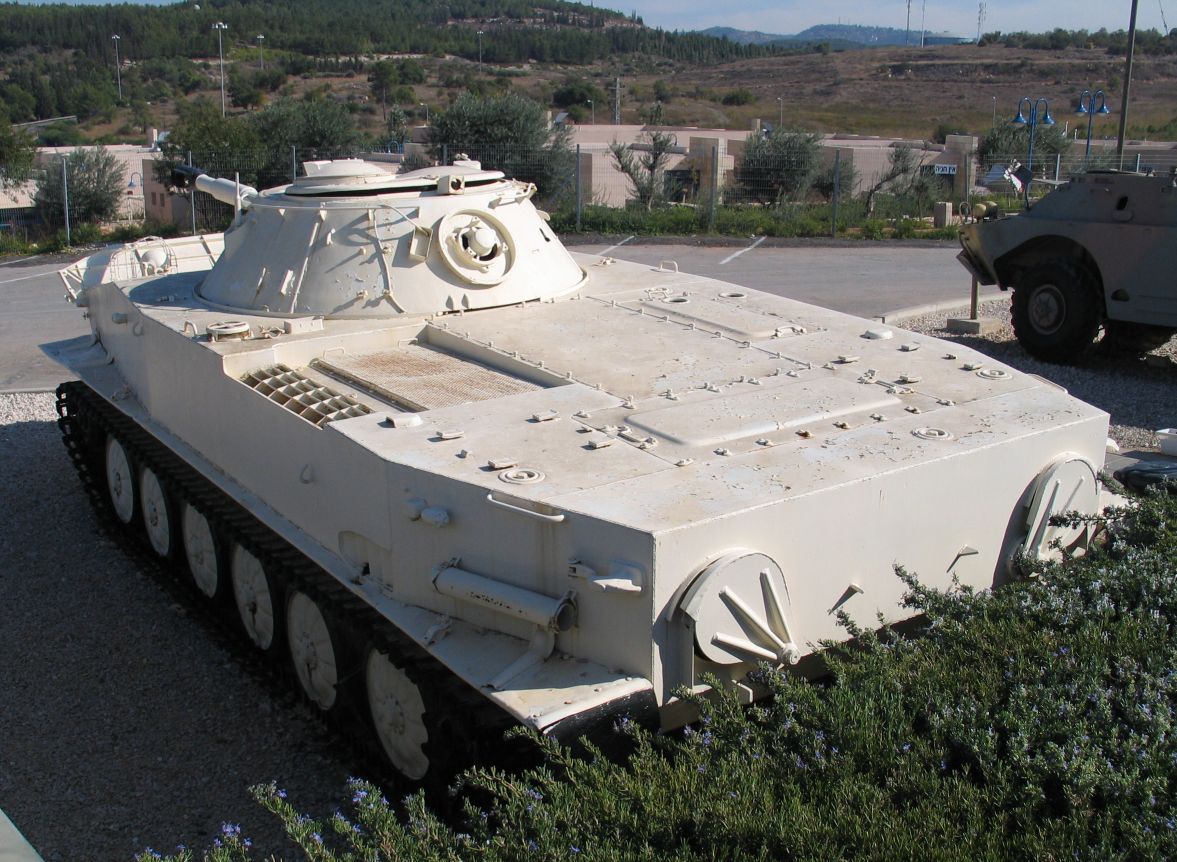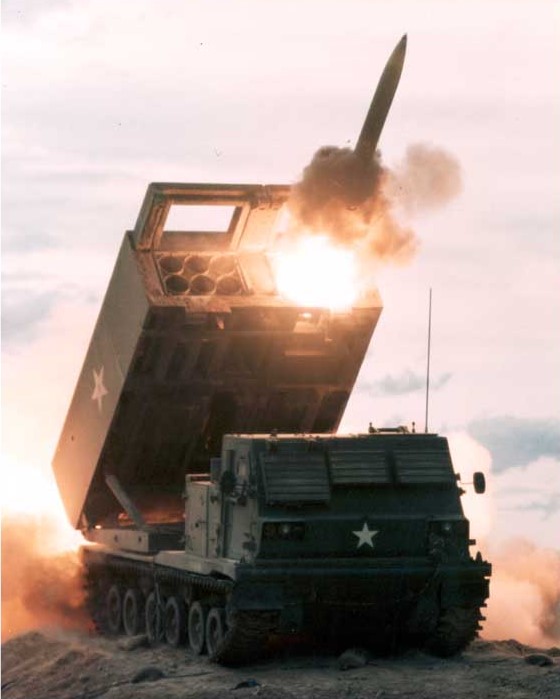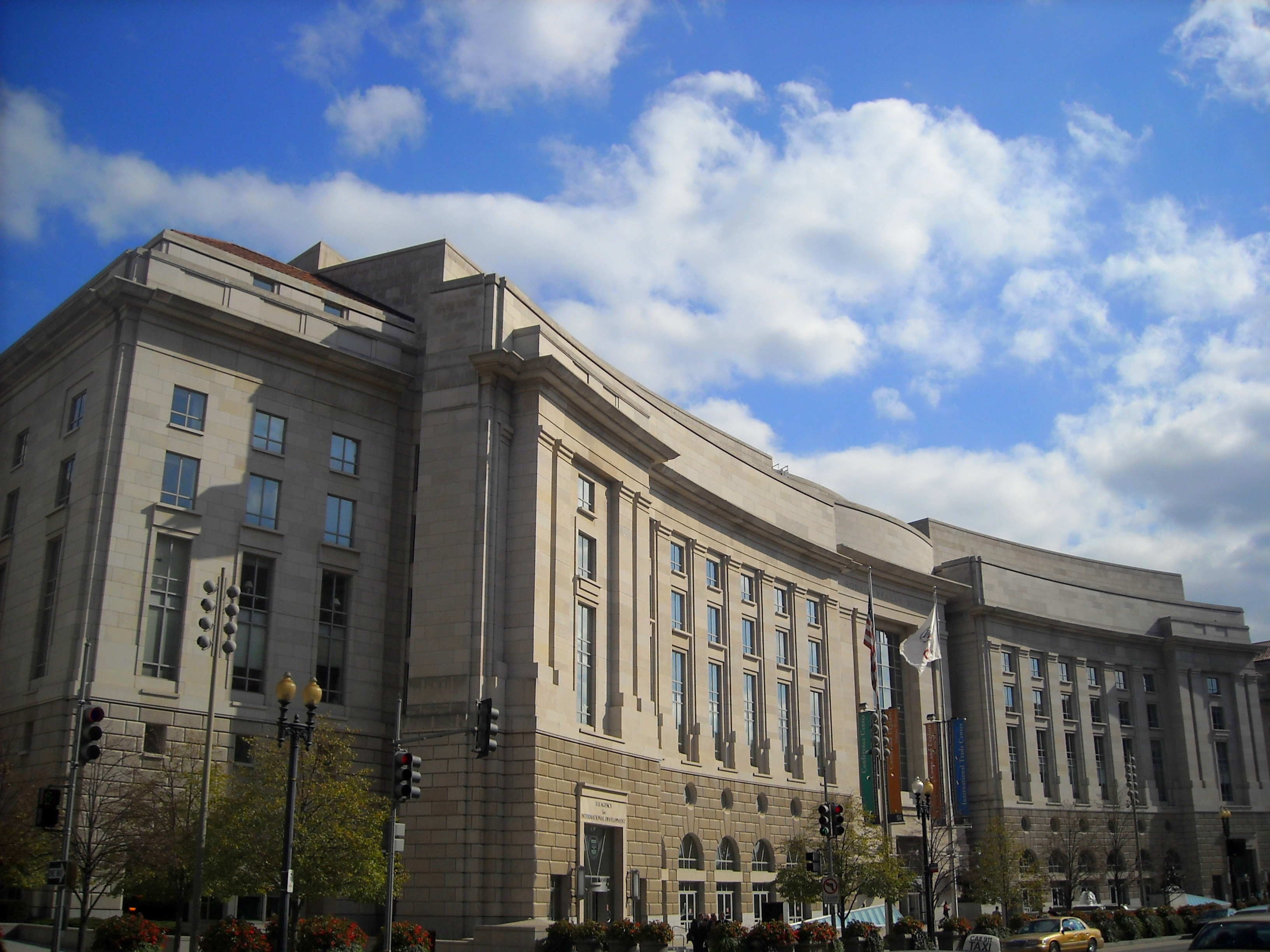|
2K6 Luna
The 2K6 ''Luna'' (russian: Луна; en, Moon) is a Soviet short-range artillery rocket complex. Luna rockets are solid-fuel, unguided and spin-stabilized. "2K6" is its GRAU designation. Its NATO reporting names are FROG-3 (with 3R9 missile) and FROG-5 (with 3R10 missile). From 1965, the 2K6 Luna was replaced by the far more successful 9K52 Luna-M, which was known in the West as the FROG-7. Design history The ''Luna'' system was developed in NII-1 from 1953, under the supervision of N. P. Mazurov. Luna followed the earlier designs 2K1 ''Mars'' and 2K4 ''Filin''. While NII-1 was responsible for the rocket, the launch and transporter-loader vehicles were designed by TsNII-58. The initial system name was S-125A "Pion".Solyankin, A.G.; Zheltov, I.G.; Kudryashov, K.N. (2010). Otechestvenniye Bronirovanniye Mashiny - XX Vek, Tom 3: 1946-1965. OOO "Tsejkhgauz". p. 530-533. In 1957 the prototypes of the launch vehicle (SPU S-123A on ''Ob'yekt 160'' chassis), the transloader (TZM S-124A ... [...More Info...] [...Related Items...] OR: [Wikipedia] [Google] [Baidu] |
PT-76
The PT-76 is a Soviet Union, Soviet amphibious vehicle, amphibious light tank that was introduced in the early 1950s and soon became the standard reconnaissance tank of the Soviet Army and the other Warsaw Pact armed forces. It was widely exported to other friendly states, like India, Iraq, Syria, North Korea and North Vietnam. The tank's full name is Floating Tank–76 (, ''plavayushchiy tank'', or ). ''76'' stands for the caliber of the main armament: the 76.2 mm D-56T series rifled tank gun. The PT-76 is used in the reconnaissance and fire-support roles. Its chassis served as the basis for a number of other vehicle designs, many of them amphibious, including the BTR-50 armored personnel carrier, the ZSU-23-4 self-propelled antiaircraft gun, the ASU-85 airborne self-propelled gun and the 2K12 Kub anti-aircraft missile launch vehicle. Development After World War II, the concept of light tanks was resurrected in the USSR. They were to be used in reconnaissance units and ther ... [...More Info...] [...Related Items...] OR: [Wikipedia] [Google] [Baidu] |
Military District (Soviet Union)
In the Soviet Union, a military district (russian: вое́нный о́круг, ''voyenny okrug'') was a territorial association of military units, formations, military schools, and various local military administrative establishments known as military commissariats. This territorial division type was utilised in the USSR to provide a more efficient management of army units, their training and other operations activities related to combat readiness. First military districts in the USSR begun with the formation of the first six military districts ( Yaroslavsky, Moskovsky, Orlovsky, Belomorsky, Uralsky, and Privolzhsky) on 31 March 1918 during the Russian Civil War to prepare substantial army reserves for the front. The next reform did not take place until the economic reforms ( NEP) of 1923 which concluded in 1929. At this time the military districts in the Russian Soviet Republic still conformed to the gubernyas and oblasts of the Russian Empire, with the exception of ... [...More Info...] [...Related Items...] OR: [Wikipedia] [Google] [Baidu] |
Rocket Artillery
Rocket artillery is artillery that uses rocket explosives as the projectile. The use of rocket artillery dates back to medieval China where devices such as fire arrows were used (albeit mostly as a psychological weapon). Fire arrows were also used in multiple launch systems and transported via carts. First true rocket artillery was developed in India by the Kingdom of Mysore. In the late nineteenth century, due to improvements in the power and range of conventional artillery, the use of early military rockets declined; they were finally used on a small scale by both sides during the American Civil War. Modern rocket artillery was first employed during World War II, in the form of the German Nebelwerfer family of rocket ordnance designs, Soviet Katyusha-series and numerous other systems employed on a smaller scale by the Western allies and Japan. In modern use, the rockets are often guided by an internal guiding system or GPS in order to maintain accuracy. History Early histor ... [...More Info...] [...Related Items...] OR: [Wikipedia] [Google] [Baidu] |
Woodrow Wilson International Center For Scholars
The Woodrow Wilson International Center for Scholars (or Wilson Center) is a quasi-government entity and think tank which conducts research to inform public policy. Located in the Ronald Reagan Building and International Trade Center in Washington, D.C., it is a United States presidential memorial that was established as part of the Smithsonian Institution by an act of Congress in 1968. So-named for Woodrow Wilson's achievement of being the only president of the United States to hold a PhD, the center is also a think tank, ranked multiple times by the University of Pennsylvania's Think Tanks and Civil Societies Program as among the ten best in the world. On January 28, 2021, Mark Andrew Green was announced as the Wilson Center's next president, director and CEO. He began his term on March 15, 2021. Organization and funding The center was established within the Smithsonian Institution, but it has its own board of trustees, composed both of government officials and of indivi ... [...More Info...] [...Related Items...] OR: [Wikipedia] [Google] [Baidu] |
Cuba
Cuba ( , ), officially the Republic of Cuba ( es, República de Cuba, links=no ), is an island country comprising the island of Cuba, as well as Isla de la Juventud and several minor archipelagos. Cuba is located where the northern Caribbean Sea, Gulf of Mexico, and Atlantic Ocean meet. Cuba is located east of the Yucatán Peninsula (Mexico), south of both the American state of Florida and the Bahamas, west of Hispaniola ( Haiti/Dominican Republic), and north of both Jamaica and the Cayman Islands. Havana is the largest city and capital; other major cities include Santiago de Cuba and Camagüey. The official area of the Republic of Cuba is (without the territorial waters) but a total of 350,730 km² (135,418 sq mi) including the exclusive economic zone. Cuba is the second-most populous country in the Caribbean after Haiti, with over 11 million inhabitants. The territory that is now Cuba was inhabited by the Ciboney people from the 4th millennium BC with the Gua ... [...More Info...] [...Related Items...] OR: [Wikipedia] [Google] [Baidu] |
Cuban Missile Crisis
The Cuban Missile Crisis, also known as the October Crisis (of 1962) ( es, Crisis de Octubre) in Cuba, the Caribbean Crisis () in Russia, or the Missile Scare, was a 35-day (16 October – 20 November 1962) confrontation between the United States and the Soviet Union, which escalated into an international crisis when American deployments of missiles in Italy and Turkey were matched by Soviet deployments of similar ballistic missiles in Cuba. Despite the short time frame, the Cuban Missile Crisis remains a defining moment in national security and nuclear war preparation. The confrontation is often considered the closest the Cold War came to escalating into a full-scale nuclear war. In response to the presence of American Jupiter ballistic missiles in Italy and Turkey, the failed Bay of Pigs Invasion of 1961, and Soviet fears of a Cuban drift towards China, Soviet First Secretary Nikita Khrushchev agreed to Cuba's request to place nuclear missiles on the island to deter a ... [...More Info...] [...Related Items...] OR: [Wikipedia] [Google] [Baidu] |
Soviet Army
uk, Радянська армія , image = File:Communist star with golden border and red rims.svg , alt = , caption = Emblem of the Soviet Army , start_date = 25 February 1946 , country = (1946–1991)' (1991–1992) , branch = , type = Army , role = Land warfare , size = 3,668,075 active (1991) 4,129,506 reserve (1991) , command_structure = , garrison = , garrison_label = , nickname = "Red Army" , patron = , motto = ''За нашу Советскую Родину!(Za nashu Sovetskuyu Rodinu!)''"For our Soviet Motherland!" , colors = Red and yellow , colors_label = , march ... [...More Info...] [...Related Items...] OR: [Wikipedia] [Google] [Baidu] |
Kapustin Yar
Kapustin Yar (russian: Капустин Яр) is a Russian rocket launch complex in Astrakhan Oblast, about 100 km east of Volgograd. It was established by the Soviet Union on 13 May 1946. In the beginning, Kapustin Yar used technology, material, and scientific support gained from the defeat of Germany in World War II. Numerous launches of test rockets for the Russian military were carried out at the site, as well as satellite and sounding rocket launches. The towns of Znamensk and Kapustin Yar (air base) were built nearby to serve the missile test range. Name The nearby village, Kapustin Yar, was used as the operations base in the early days of the testing site. The actual name can be translated as "cabbage ravine". In public opinion, Kapustin Yar is often referred to as the "Russian Roswell"—the place where the USSR discovered, investigated, or captured alien ships (UFOs). Due to its role as a development site for new technology, Kapustin Yar is also the site of numerou ... [...More Info...] [...Related Items...] OR: [Wikipedia] [Google] [Baidu] |
Moon
The Moon is Earth's only natural satellite. It is the fifth largest satellite in the Solar System and the largest and most massive relative to its parent planet, with a diameter about one-quarter that of Earth (comparable to the width of Australia). The Moon is a planetary-mass object with a differentiated rocky body, making it a satellite planet under the geophysical definitions of the term and larger than all known dwarf planets of the Solar System. It lacks any significant atmosphere, hydrosphere, or magnetic field. Its surface gravity is about one-sixth of Earth's at , with Jupiter's moon Io being the only satellite in the Solar System known to have a higher surface gravity and density. The Moon orbits Earth at an average distance of , or about 30 times Earth's diameter. Its gravitational influence is the main driver of Earth's tides and very slowly lengthens Earth's day. The Moon's orbit around Earth has a sidereal period of 27.3 days. During each synod ... [...More Info...] [...Related Items...] OR: [Wikipedia] [Google] [Baidu] |
2K1 Mars
The Mars (NATO reporting name FROG-2, GRAU index 2K1) was a Soviet solid-fuel tactical missile system with a range of 7 to 18 km. The chief designer was N. P. Mazur. * Weight of launcher: 15 tons, based on PT-76 tank * rocket engine: 3R1 * missile diameter: 1.75 m * guidance: by launcher * maximum speed of launcher: 35 km/h History Background At 3 meters long, between 0.7 and 1.5 meters in diameter, and weighing 4-5 tons, the earliest nuclear weapons were so large and heavy that they could only be carried by strategic bombers such as the United States Boeing B-29 Superfortress, Convair B-36 Peacemaker and the Soviet Tupolev Tu-4. However, use of these aircraft in the 1950s for nuclear strikes on forward positions of enemy troops in a theatre of military operations was impractical. By the mid-1950s, nuclear weapons development led to increases in their power and technical characteristics while reducing their diameters and masses, and therefore creating the possibi ... [...More Info...] [...Related Items...] OR: [Wikipedia] [Google] [Baidu] |
Moscow Institute Of Thermal Technology
Moscow Institute of Thermal Technology (MITT; russian: Акционерное общество «Корпорация Московский институт теплотехники», , JSC Corporation "Moscow Institute of Thermal Technology") is a Russian (formerly Soviet) engineering and scientific research institute founded on May 13, 1946. The institute is located in the Otradnoye District in the north of Moscow. Previously, it was primarily focused on developing ballistic missiles and rockets to increase the nation's strategic deterrent capability. Today it is also involved in civilian projects and has modified some of its intercontinental ballistic missiles into launch vehicles to be used for satellites. The name can also be translated as Moscow Institute of Thermal Equipment. History April 19, 1945 the State Defense Committee of the USSR issued a decree №8206 ordering the People's Commissar for Armament Boris Vannikov to create a weapons design bureau and a pilot plant ... [...More Info...] [...Related Items...] OR: [Wikipedia] [Google] [Baidu] |



